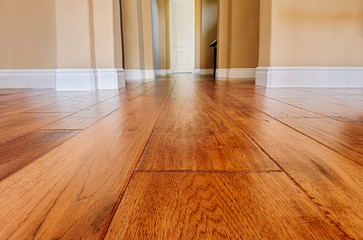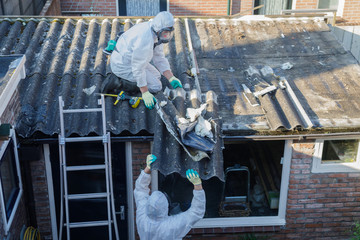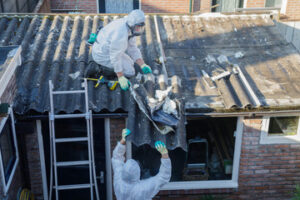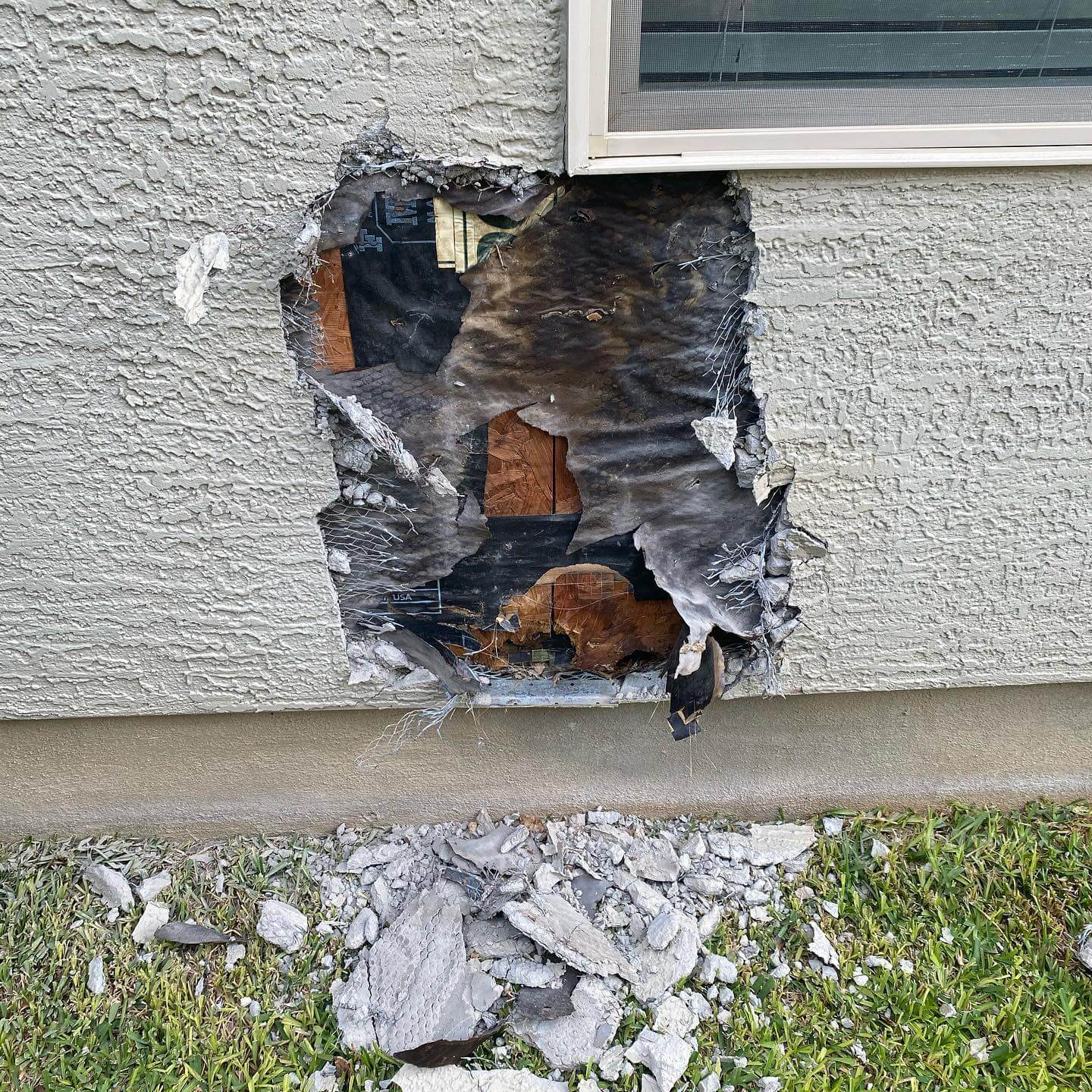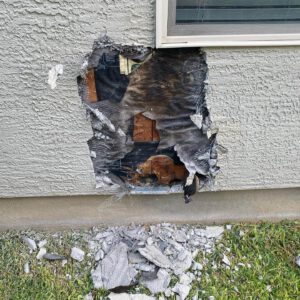Hardwood Floor Refinishing Bergen County NJ can make it look brand new. The process involves sanding the feet and applying a coat of finish. This protects the wood from water and dirt and adds a hint of color.
A polyurethane topcoat is the most common, but there are other options. The coatings can come in water- or oil-based formulas and have a sheen ranging from matte to high gloss.
Hardwood floor refinishing costs vary depending on the condition of the floors and their finish. As a general rule, floors that have been well maintained cost less to refinish than those in poor shape. It’s also important to consider the materials that will be used during refinishing. The type of hardwood will affect the final cost of refinishing, and so will the stain color and finish type.
A good quality finish is critical for protecting wood from damage during refinishing and after. While there are several different types of finishes available, each type requires specific application techniques to achieve the best results. For this reason, it is often recommended that homeowners hire a professional to refinish their floors.
Refinishing can be a great way to protect existing hardwood flooring and keep it looking beautiful for years to come. If you’re considering refinishing your own hardwood floors, be sure to consult with a qualified flooring professional and get free, no-commitment project estimates. This will help you determine if the work is within your budget and what to expect in terms of cost, timeline, and results.
If your hardwood floors are covered with deep scratches, gouges, or dents, they may require more extensive repair work than refinishing alone can provide. Your BCC can evaluate the severity of any damage and recommend the appropriate repair methods. For instance, filling is often recommended for deep gashes and dents, but it can be time-consuming and not always an effective long-term fix.
Other problems such as cupping can be corrected with sanding, but in more severe cases the planks may need to be replaced. Cupping is often caused by water damage and can be costly to correct if not caught early.
Another thing to consider when determining your refinishing costs is whether or not you’ll be moving furniture out of the room ahead of time. Some companies charge a fee for this service, while others include it in their estimates. You should also ask if you’ll be expected to clean the floors after the project is finished. This will help you avoid additional charges by ensuring that the contractors have a clear workspace to work with.
Time
The length of time needed to refinish hardwood floors will vary depending on the floor size, type of finish, humidity conditions and species of wood. For example, oil-based polyurethane finishes take longer to dry than water-based polyurethane finishes. Also, the amount of sanding required will affect the total project length. It is a good idea to work with a flooring professional to determine the best refinishing process for your home’s hardwood.
One of the most important considerations is to allow sufficient time for the floors to dry and cure properly. This will ensure that the new finish is durable and able to stand up to normal wear and tear. If the refinishing is done too quickly, it can lead to damage that may be difficult and expensive to repair.
Refinishing your hardwood can help restore its beauty, but it is also an excellent way to protect the investment you’ve made in your home. Hardwood floors are extremely durable, and with proper care can last for decades. However, over the years they can become damaged and dingy from scuffing and scratching. Damaged and worn wood is also a magnet for pests, including termites and ants. Refinishing your hardwood can prevent these pests from making their way in and damaging the interior of your home.
The first step of refinishing your hardwood is to remove any furniture or items on the floors. This is necessary to give the sanding equipment a clear path and to avoid any damage to your belongings. It is a good idea to cover any fixtures, appliances or vents in the room that is being refinished with plastic tarps to keep dust from escaping into other areas of your house.
During the sanding process, your professional will use a power sander to grind away any scratches, dents or other damage. Then, the floor will be buffed to smooth out the rough surfaces. After the sanding and buffing are complete, your floor will be ready for staining.
Your professional will consult with you to determine the color and style of stain you want for your floors. Once you’ve decided on the stain, your flooring specialist will apply a topcoat to seal and protect your new hardwood floors. It is a good idea to wait at least 24 hours before walking on the floors with socks or soft-soled shoes and 48 hours before placing furniture back in the room with water-based stains and four days for oil-based finishes.
Materials
Hardwood floor refinishing requires a lot of materials, and the cost of those materials adds up quickly. Homeowners who choose to refinish their floors can save some money by purchasing their own equipment, such as a belt sander and a drum sander. However, the price of additional materials such as sandpaper, stain and topcoats will still add up. If the homeowner hires a professional to do the work, the company will already have the necessary equipment.
The type of wood and its condition will greatly influence the overall price of refinishing. For example, exotic woods are more expensive than traditional oak or maple. Also, deep stains and water damage can significantly increase the cost of refinishing.
Stain is a colorant that is used to alter the appearance of hardwood flooring. It is available in a wide variety of colors and finishes, from matte to glossy. The type of sheen chosen can affect how much light reflects from the wood and may magnify scratches or dents in the surface.
A protective topcoat seals and protects hardwood from water damage and everyday wear and tear. This type of finish is typically a polyurethane. It can be a water-based or oil-based product. Water-based products dry faster but are prone to showing imperfections on the floor, while oil-based dries slowly and smells less, but produces a very smooth sheen.
During refinishing, a homeowner can repair minor problems with the wood, such as nail holes and small nicks. In addition, the refinishing process can be an excellent opportunity to address cupping, which occurs when planks of hardwood develop an inward bow in their middle areas. This is common in homes with high humidity levels, and refinishing can help to even out the wood and prevent further damage.
Finally, refinishing can also be an opportunity to make a hardwood floor safe for walking barefoot. Refinishing can remove splinters from the surface of the wood and provide a protective coating to help reduce the risk of injuries. Homeowners can help to keep their hardwood floors looking new by regularly sweeping and vacuuming them, removing dust and debris as it accumulates. Regular cleaning helps to prevent scratches, as dirt acts like sandpaper on hardwood surfaces.
Do-It-Yourself
If you are on a budget, refinishing your hardwood floors is an affordable project. A few simple tips can help you save money and get a beautiful finish. First, remove all the furniture in the room and cover outlets and vents with painter’s tape to protect them from sawdust. Next, cover all doors with plastic sheeting to keep the dust from moving throughout your home. Finally, vacuum the floor daily to remove debris and dirt that can scratch the new finish.
Choosing the right wood stain is crucial. The color should be in line with your home and style, and it should coordinate with the existing trim. If you have old stains, you can use a rag dipped in mineral spirits to remove them. Once you’ve decided on a color, apply it in one section of the room at a time. Be careful not to leave the stain too long on any one area or it can dry too fast and leave stripes.
Before you start sanding, check how thick your hardwood is. Some cheaper varieties of engineered hardwood have very thin veneer and can’t stand up to refinishing. If you have a receipt, box or model number, you can look online to find out how thick your floors were when they were installed.
The main reason to refinish your floors is to improve their appearance. A few coats of stain can dramatically change the way a room looks. It can also protect the hardwood from damage, including scratches, and it will increase its longevity.
To protect your investment and the environment, make sure you use a water-based stain and not a chemical-based product. These products are more environmentally friendly, and they are easier to clean up.
It’s also important to refinish your floors once or twice per year. This will keep them looking great and reduce the need for expensive replacements in the future.
Whether you do it yourself or hire a professional, refinishing your hardwood flooring is a worthwhile project that will add value to your home and improve its appearance. The best contractor is someone who does flooring as his full-time job and has years of experience.
